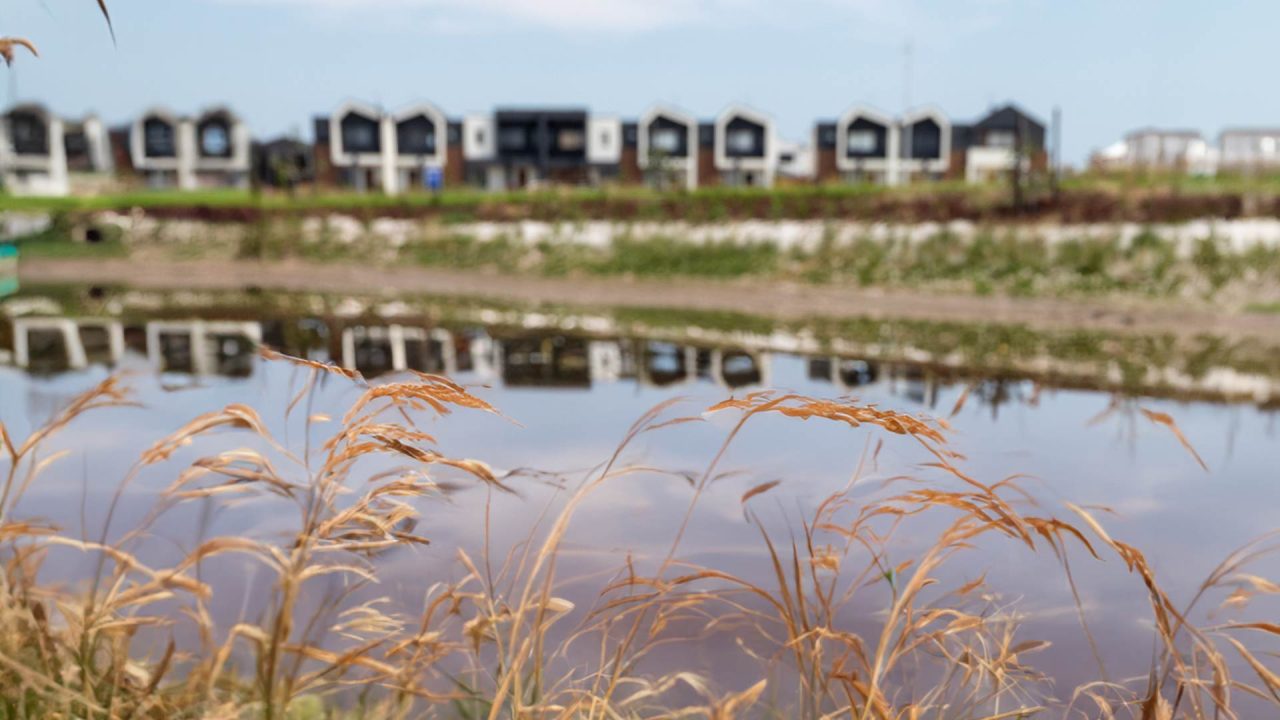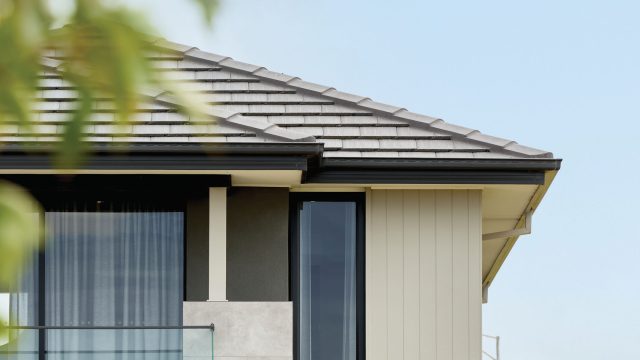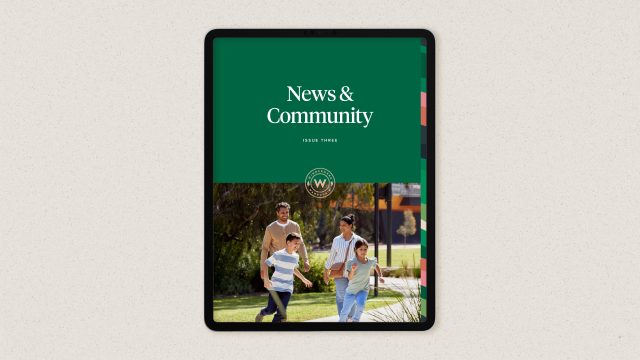Buy land, they’re not making it anymore – This famous quote attributed to Mark Twain was not directed at property buyers living in Melbourne in 2024, but it is probably the best piece of advice they will ever get. Because Melbourne is indeed running out of land, according to Oliver Hume.
A new analysis by Oliver Hume shows that by the early 2040s, around 20 years from now, metropolitan Melbourne will have effectively no more new residential land available.
On current policy settings, most if not all of the broader market’s large-scale, planned future land releases are expected to have been absorbed by a rapidly growing population.
Robust population growth is expected to continue indefinitely, notwithstanding recent changes by the Federal Government to migration policy.
For example, the Victorian State Government’s recently released population projections (Victoria in Future 2023) suggest that the state’s annual population growth could average over 127,000 people from 2023 to 2051.
The local government area of Wyndham, home to Windermere, is a key area set to benefit from the increasing population. The Victoria in Future 2023 projections suggest that Wyndham’s population is expected to grow significantly from around 296,000 in 2021 and exceed 472,000 in 2036.
George Bougias, National Head of Research at Oliver Hume comments, “On current policy settings, most if not all of the broader market’s large-scale, formally planned future greenfield land releases are expected to be absorbed by a rapidly growing population.
“Our modelling of current and future greenfield land supply releases from residential Precinct Structure Plans (PSPs) vis-à-vis underlying demand shows that the amount of land available steadily declines over the next two decades.”
George added, indeed our forecasts could be interpreted as quite cautious, given our conservative assumptions.
“One of these assumptions is that all the unprogrammed PSPs in our study area are eventually approved and included in the supply pipeline.
“Current policy settings, including the Victorian Government’s recent Housing Statement, suggest this will not happen as policymakers attempt to force densification.”
Another belief is that all PSPs are prepared and delivered relatively quickly after approval, according to George.
“Previous experience suggests, however, that we can expect considerable delay. This is especially the case where complex issues must be addressed and resolved.
“Our analysis suggests that, as we enter the second precarious decade of dwindling land supplies, the market will become increasingly (and spectacularly) tight.”
George contends, the amount of stock available, relative to the total pipeline, will continue to decline. “It is likely that, in this second decade, we could see sharp increases in land and property prices over and above what we have seen in previous cycles.
“We could see significant growth in land values over the coming decade, given Australia’s record housing shortage and affordability crisis, which when reviewing current trends is expected to deteriorate.”
Over the next 20 years, a range of factors (including policies, demographics and buyer preferences) could change, averting a land and broader property market crisis.
George concluded, “Until the required changes are made to ensure demand and supply are better matched, we need to operate on the assumption that we could be in for several years, if not decades, of growing pressures on the greenfield residential property market.”
To find your dream abode visit the Windermere Sales Gallery at 275 Greens Road, Mambourin to discuss land and home and land package opportunities. Saturday – Wednesday 11am – 5pm.





